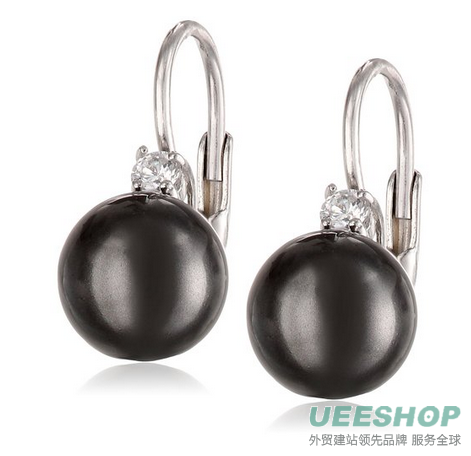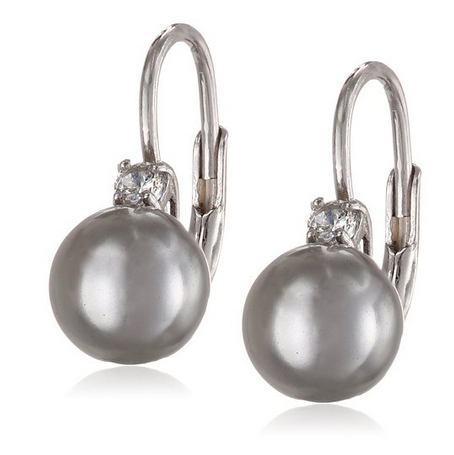







History
In 1937, Cubic Zirconia was first discovered by German mineralogists, M. V. Stackelberg and K. Chudoba. Little did they know, the tiny crystals that they discovered would move on to become a popular synthetic gemstone. It wasn’t until the 1970s that Cubic Zirconia was first used in the jewelry world, when scientists began growing the crystals in the laboratory. In the 1980s, Cubic Zirconia use in jewelry continued to grow and today is it one of the most popular diamond substitutes available on the market.
Composition
Cubic Zirconia is the cubic form of zirconium oxide that is created in a laboratory. Its durable material allows the synthetic stone to be molded into a variety of shapes. The stone offers brilliant shine and flawless clarity. Cubic Zirconia is available in a wide range of colors, including a colorless form that is an economically important competitor to natural diamonds.
Caring For Your Cubic Zirconia Jewelry
Like natural diamonds, Cubic Zirconia needs to be cared for in order to maintain its original brilliance and shine. Clean with warm-to-hot water and a soft brush with a mild soap, then immediately dry with a clean cloth after rinsing. Avoid contact with perfume, body lotion, hairspray or any other chemical that may harm the shine of the stone.
Shell Pearls
Shell Pearls are man-made simulated pearls created from the shell on an oyster. Each pearl is made through several different stages, taking the raw material from a seashell and coating and polishing it to create the final shape of the pearl. An important addition to the Shell Pearl is a “mother-of-pearl” bead that sits in the center. This adds weight and durability to each pearl bead.
Shell Pearls are a popular simulated pearl variety. Because they employ a shell nucleus and contain layers of natural cultured pearl material, shell pearls showcase a similar luster, weight, and feel found in excellent quality genuine pearls. Shell Pearls create the classic look of lustrous pearl accessories, at a fraction of the price.








